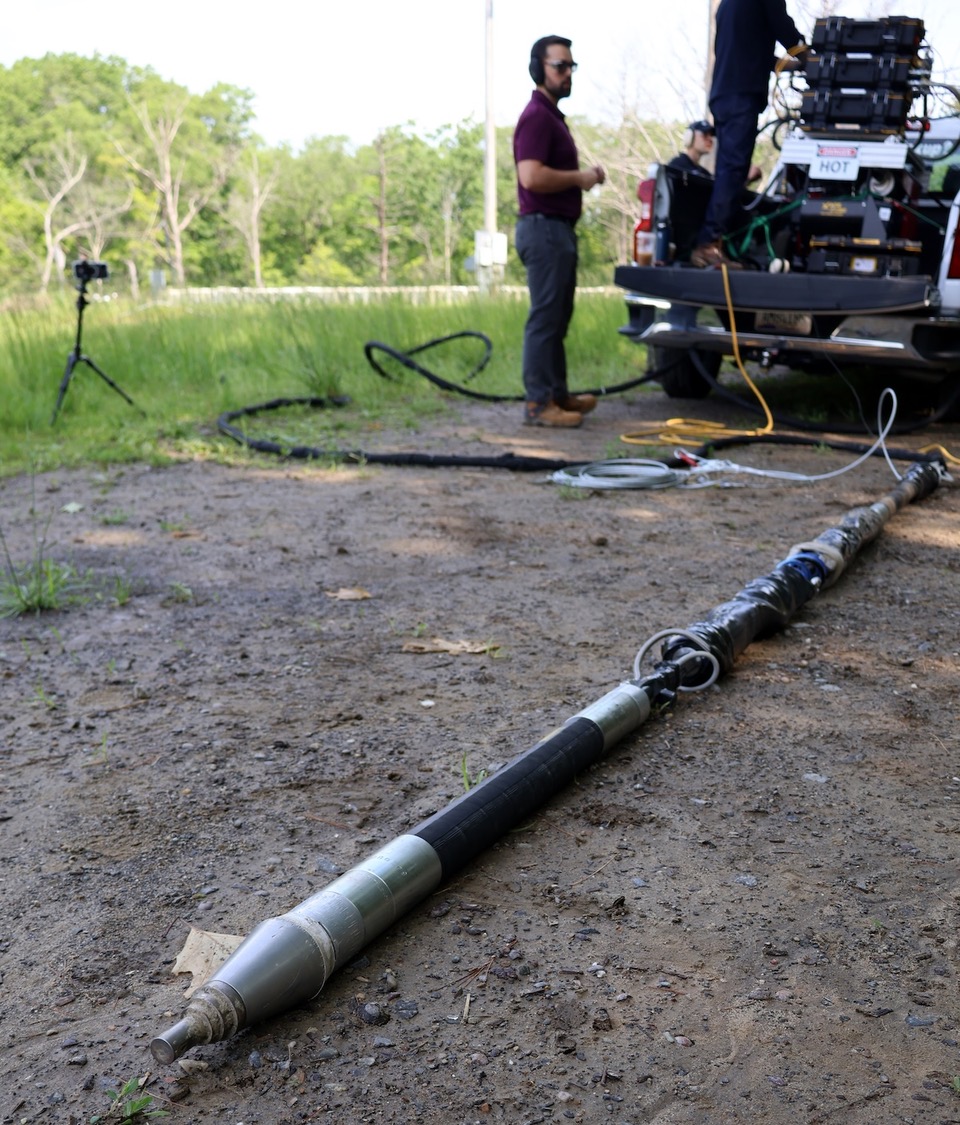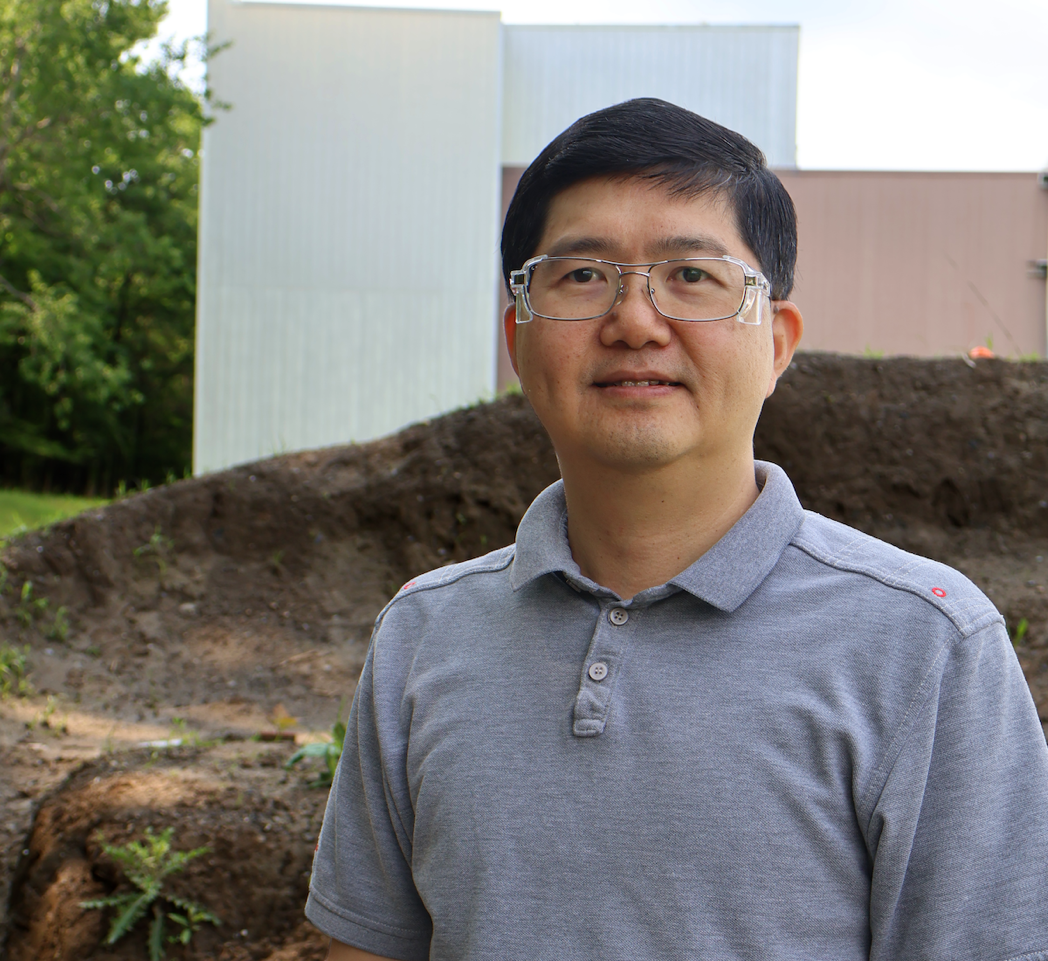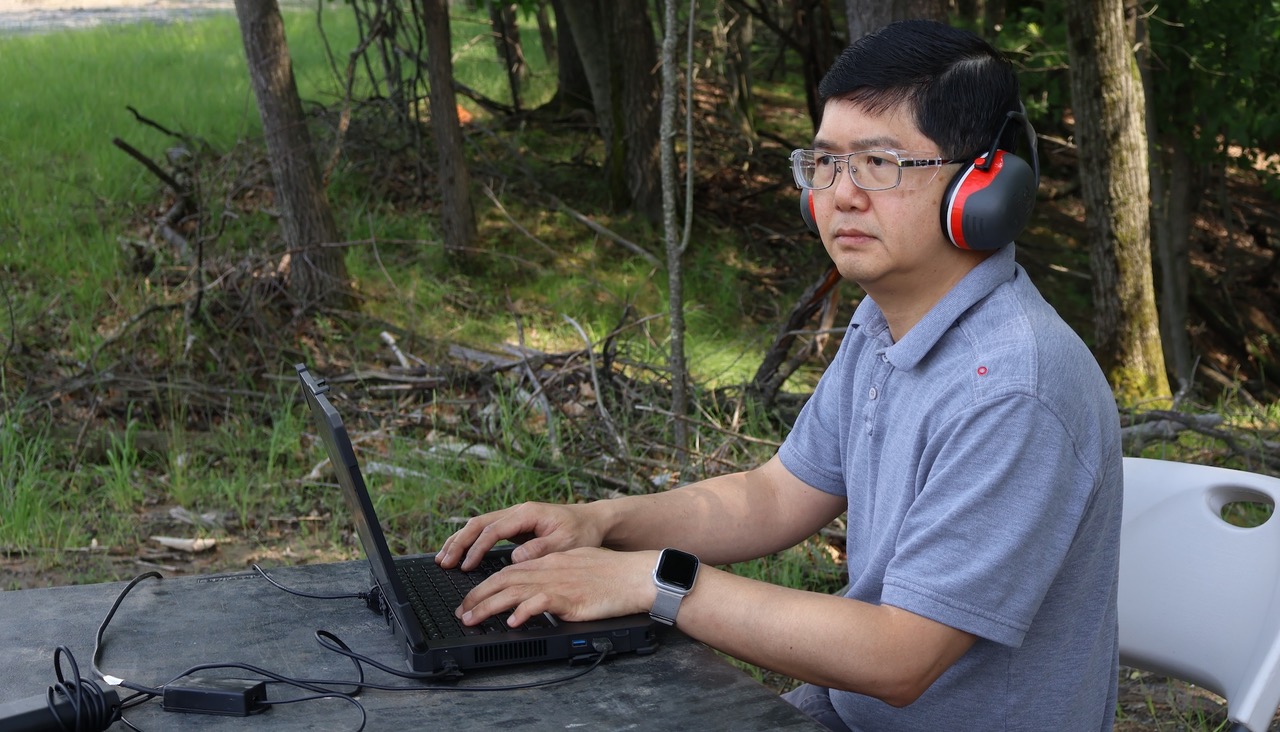Like many science-obsessed kids in the 1990s, William Tan wanted to be an astronaut when he grew up. Then came a reality check. “I realized I wasn’t a citizen of a country that sent people to space,” says Malaysian-born-and-raised Tan, who is now senior robotics and autonomous systems engineer at GE Vernova’s Advanced Research Center in Niskayuna, New York.
Tan soon realized his true calling. On July 4, 1997, NASA’s Pathfinder spacecraft touched down on Mars and released the Sojourner rover, an autonomous vehicle about the size of a Labrador retriever. Over the next three months, the buggy inched through the red rocks and dust, snapping photos and gathering scientific data. Around 100 million miles away, back on planet Earth, the teenage Tan watched the TV news, totally transfixed. “I was fascinated that this robot was so far away and could still make its own decisions about navigation,” he says.
And just like that, Tan forgot about being an astronaut and dedicated his life to roving robots. Nearly 30 years on, Tan has made his mark as an academic, designing groundbreaking autonomous vehicles for air, land, and sea. Since joining GE Vernova in 2019, the Malaysian engineer has carved out a role as its resident robot guru. Right now he’s overseeing a bevy of government-funded “worm” programs, which aim to develop subterranean robots that can slither through pipes, tunnel through earth, and even pick a path around tree roots.
Among them is SPEEDWORM, a long, wiggly robot that leverages artificial intelligence–powered motion control and mimics earthworm movements to bore through soil. Even as it tunnels, the worm installs power distribution cables and conduits, laying a grid without a shovel in sight. Over the next few months, Tan and his colleagues will test the flexible marvel in a 50-foot-long, purpose-built dirt pile in the Advanced Research Center’s backyard.

Tan concedes that the SPEEDWORM and the training dune sound like “crazy ideas” on paper. But the engineer has a track record of converting crazy ideas into serious business. “There’s huge practical and commercial potential for some of these robots,” he explains. “We should think how we can make them smarter, and how they can take more decisions by themselves,” he adds.
Finding a Path
Ever since Tan laid eyes on Sojourner, he’d dreamt of building a robot that could find its own way around. As a final-year undergraduate at his home country’s Tunku Abdul Rahman University, Tan programmed a robot to find the shortest route between two points, wielding only starting and ending points as information. (That is, when he wasn’t watching I, Robot, the sci-fi thriller starring Will Smith. “Still my favorite movie, although it’s far-fetched,” he says.)

Tan began specializing in robots that could work out of sight, but not out of mind. While studying for his doctorate at the National University of Singapore, Tan built underwater autonomous vehicles that used sonar techniques to gauge their location relative to one another and exchange information in the murky depths. As scuba divers will know, that is no mean feat. “Underwater is a very challenging environment, with very narrow bandwidth for communication,” explains Tan.
So challenging was the work, Tan’s research team uttered prayers when their inventions dipped below the sea’s surface. During one test, their robots never resurfaced. “The current [off of Singapore] was strong, and I managed to drown two vehicles,” remembers Tan. Fortunately, a deep-sea diver saved the errant bots from a watery grave.
But Tan was finding his groove. In his next position, as a research scientist at Florida International University, in Miami, he designed a miniature roving robot that used computer vision to inspect and monitor underground nuclear waste tanks. In 2019, a job posting caught Tan’s eye. “GE Vernova wanted a roboticist for different industries,” remembers the engineer. “I thought that [breadth of work] would be fascinating,” he adds. Tan was also growing impatient to see his robots get to work in the field.
Going Deep
And that’s exactly what he’s doing today. Drawing on funding from ARPA-E, the U.S. Department of Energy’s “disruption wing,” Tan and his team are perfecting their hardworking subterranean robot. SPEEDWORM uses advanced state-of-the-art localization techniques, which allow for near real-time subsurface positioning. The contraption also mimics Mother Nature, sporting a sharp, hard nose that allows it to cut through the earth.
Its long tail boasts metal muscles, which inflate and deflate in “peristaltic motion,” explains Tan, referring to the way food squeezes through the human gut. The movement propels the mechanical worm forward while compacting the earth around it, like a finger gouging into damp sand. As its name suggests, SPEEDWORM works fast. The slinky machine can lay 1,000 feet of cable and conduit in just two hours.

Its speed, flexibility, and special ability to navigate the underworld will eliminate costs, complexity, and surface disruption from the painstaking job of laying distribution grids, says Tan. “A lot of cables are still aboveground in the U.S., and there is a strong need and high demand to bury them,” he says. (Perhaps the best reason being that underground cables are hurricane-proof.)
“SPEEDWORM lets you do that without digging trenches in anyone’s backyard,” says Tan. Utilities could also use the hypersmart burrower to dig tunnels for underground pipelines, simplifying the job of building district heating networks, which ferry heat from power plants or geothermal sources to neighborhoods.
Sense of Wonder
Tan, who retains a sense of childlike wonder for robots, is grateful to have ample time and resources for tinkering. “I have the best of both worlds,” he says. “We’re solving practical problems, but the government grants give us the freedom to keep trying crazy things,” he adds.
Before he heads out to his special dune, Tan shares some advice for budding roboticists. “I make it sound easy, but nothing is easy,” he says. Young engineers who hope to make incremental progress, and don’t expect serendipitous breakthroughs, will go far, he adds.
“Stay curious and passionate and you will continue to navigate obstacles and keep pushing ahead,” he says. In other words, be a brilliant earthworm.
Acknowledgment: The information, data, or work presented herein was funded in part by the Advanced Research Projects Agency-Energy (ARPA-E), U.S. Department of Energy, under Award Number DE-AR0001420. The views and opinions of authors expressed herein do not necessarily state or reflect those of the United States Government or any agency thereof.
